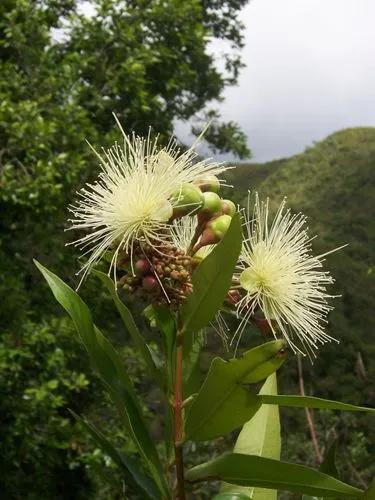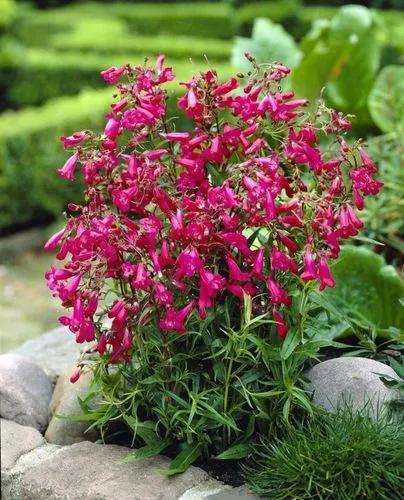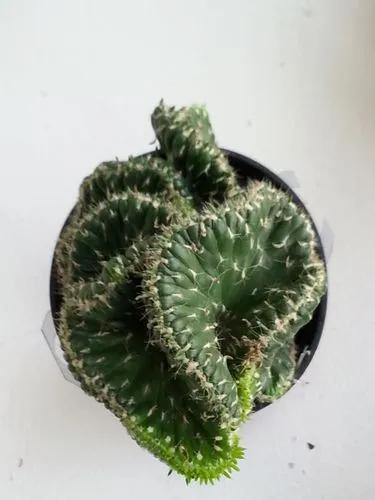Farfugium japonicum syn. Ligularia tussilaginea is a species of flowering plant of the family Asteraceae, also known as leopard plant or green leopard plant. It is native to streams and seashores of Japan, where it is called tsuwabuki.
Leopard plant Care
Farfugium japonicum



The leopard plant is a species of herbaceous perennial flowering plants belonging to the family Asteraceae. Farfugium japonicum is cultivated as an ornamental plant. Use them in both gardens and pots to brighten up shaded gardening areas. The small bright flowers and shiny leaves create a striking contrast and look very pretty planted among other flowering plants. The Giant Leopard plant is grown for its striking foliage and daisy-like flowers. The plant has a medium growth rate and sprouts in a loose clump about 24” inches tall and wide. It spreads by rhizomes, creating a carpet of large green leaves often marked with yellow or cream-colored spots. It is an evergreen perennial, meaning it stays in leaf all year long.
How to Care for the Plant

Water

Leopard plants require constant moisture in the soil. This is because, in their native habitat, they are most commonly found near streams and coastal areas. Make sure to keep a close eye on the soil and keep it moist, especially during the hot late summers. Avoid both overwatering and letting the soil dry out completely.

Fertilizer

Feed leopard plants before new growth appears in spring using a good quality, general purpose fertilizer.

Sunlight

Leopard plants tend to prosper in light shade to full shade areas such as shade gardens. Although they can grow in full sun, leopard plants are highly susceptible to wilting on very bright sunny days when they are planted without any light shade.

Soil

Leopard plants love rich, moist soil. Provided it has good drainage, use sandy, loamy, and clay soils for planting Ligularia tussilaginea. A pH between 5.6 and 7.5 is suitable for Leopard plants.

Temperature

The plant is not considered too hardy and doesn’t tolerate below freezing or very high temperatures. They do best in tropical climates i.e., temperatures above 20°F (-6°C) but can survive temperatures down to 0°F (-18°C).

Container

Choose a container that can be brought inside for winter. Make sure it has enough drainage holes.

Popularity

2,067 people already have this plant 278 people have added this plant to their wishlists
Discover more plants with the list below
Popular articles






